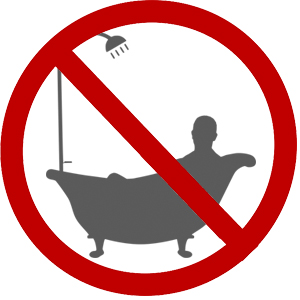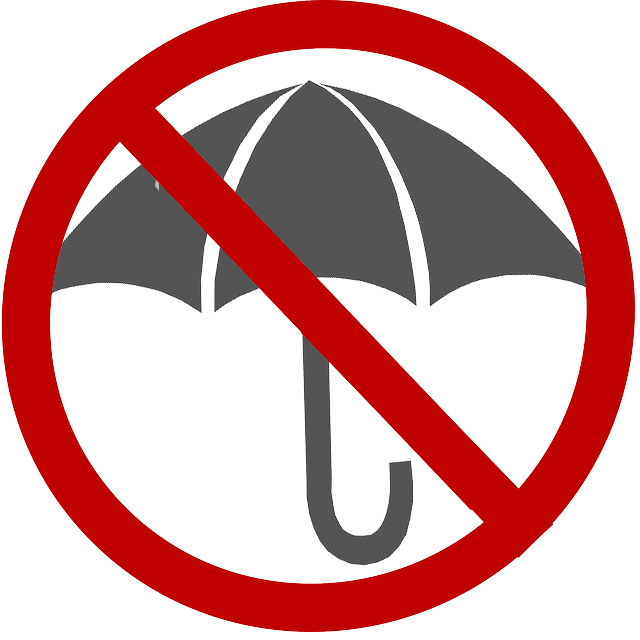
If You're Indoors During a Lightning Storm
About one-third of lightning injuries occur indoors. Follow these safety tips:
Stay informed. Check your local weather for updates on the storm. According to the CDC, it's safe to use cell phones if they are not connected to outlets.
Stay away. Stay away from computers and electrical equipment. Also stay away from showers and other water sources, windows and doors, electrical wires, and metal bars in concrete walls and flooring.
Be aware. Keep in mind the 30 30 rule for lightning safety. You're still in danger of being struck if after seeing lightning, you cannot count to 30 before hearing thunder.

If You're Outdoors During a Lightning Storm
Two out of three lightning deaths occur between noon and 6 p.m. Follow these safety tips:
Find shelter. If you're caught in an open area, find enclosed shelter. An enclosed vehicle is safe as long as you don't touch metal. While metal doesn't attract lightning, it does conduct it.
Avoid. Don't touch metal, such as fences, umbrellas, and car roofs/sides. Avoid water, elevated areas, tall trees, and overhangs.
Crouch. If you're unable to find enclosed shelter, crouch down in a ball-like position with your head tucked and hands over your ears so you're down low with minimal contact with the ground.


